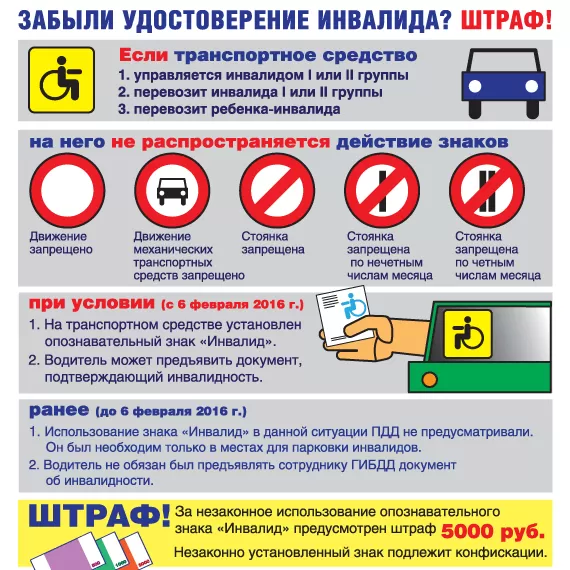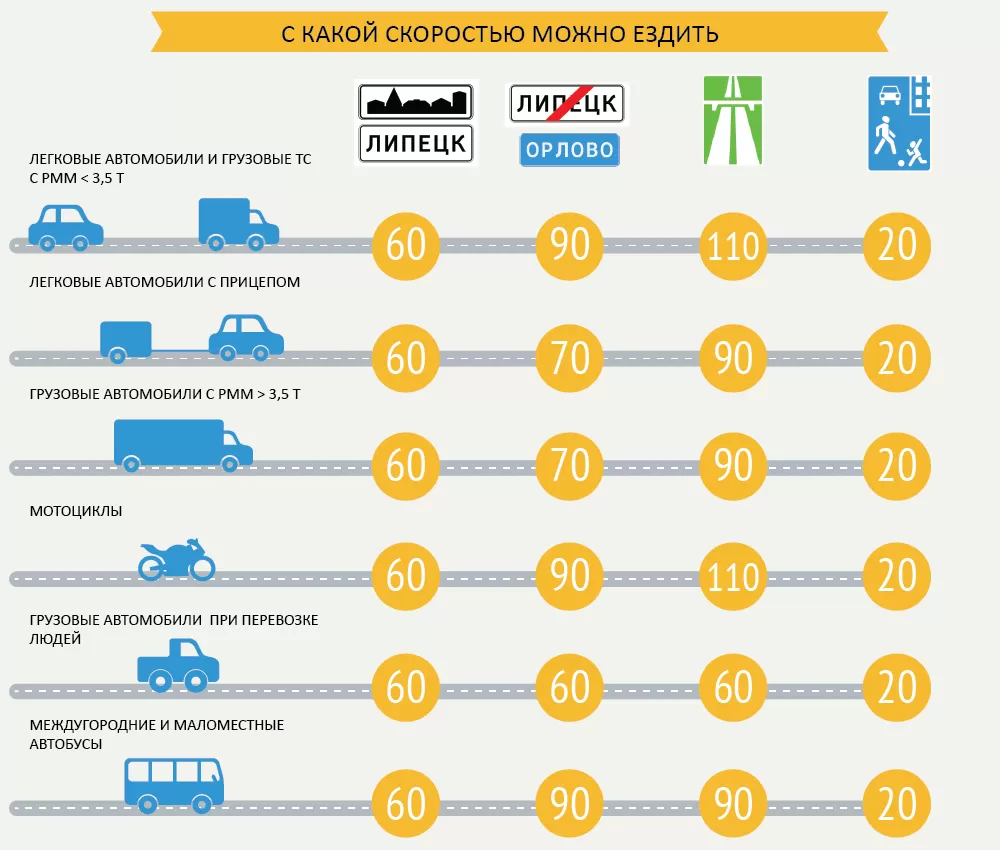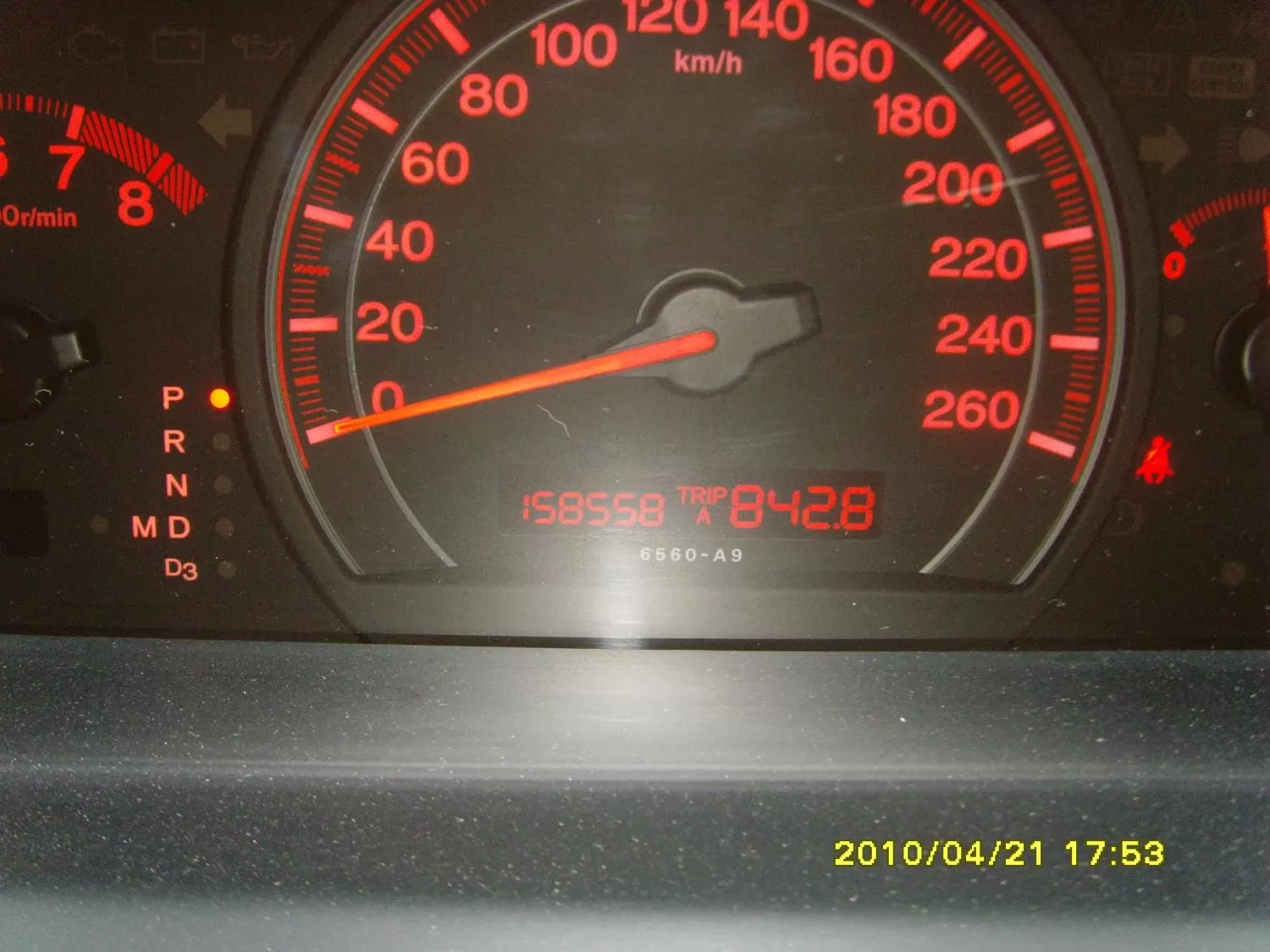
Laws and Permits for Disabled Drivers in California
Content
- How do I know if I am eligible for a driver's license and/or a disabled license plate?
- Once I certify that I am eligible, how do I get a California license plate and/or plate?
- How much does a plate and/or license plate cost in California?
- Are there different types of disabled driver plates in California?
- Is there a specific way I should display my poster?
- How long do I have before my plaque expires?
- After I receive a sign or license plate, where will I be allowed to park?
- Where am I NOT allowed to park with a sign or license?
Being a disabled driver is different in every state. Below are some of the qualifications you must have in the state of California to qualify as a disabled driver.
How do I know if I am eligible for a driver's license and/or a disabled license plate?
You can apply for a disabled driver's license if your mobility is limited because you have lost the ability to use one or both hands, both hands, or have been diagnosed with a medical condition that restricts your movement. If you have a disability other than those listed above, you will need a doctor to complete and sign the Application for a Disabled Label or Label (REG 195).
Once I certify that I am eligible, how do I get a California license plate and/or plate?
You must first apply in person for a permit or license with your local California DMV. To obtain a permit or license plate, you will need to bring the REG 195 Plate or License Plate Application to a qualified healthcare professional and ask them to complete and sign the form. Then you must submit the form by mail:
DMV Placard PO Box 932345 Sacramento, CA 94232-3450
This information, including the parking permit form, is available online here.
How much does a plate and/or license plate cost in California?
Permanent plates in California are free and expire two years from the last day of the month in which they were issued. Temporary plaques are also free and expire three months from the last day of the month in which they were issued. License plates cost the regular fee, and the validity period is the same as the vehicle's validity period.
License plates are issued only after the California DMV reviews and approves your application, confirming that you meet the standards required to qualify for disability status. With license plates, you pay the normal registration fees for your vehicle.
Are there different types of disabled driver plates in California?
Yes. Permanent parking signs are for people with a permanent disability. They are valid for two years and expire on June 30 of every odd year. Temporary parking signs are intended for persons with temporary disabilities. They are valid for 180 days, or the date your qualified licensed healthcare professional says on the application, whichever is less, and cannot be renewed more than six times in a row. Roadside parking signs are for California residents who currently have permanent DP parking signs or DP or DV license plates. They are valid for 30 days from the date they were issued by the DMV. Non-Resident Roadside Parking Decals are for those who are planning a trip to California and have a permanent disability and/or a DV license plate. They are valid for up to 90 days or until the date specified by the licensed healthcare professional on the REG 195 application, whichever is the shorter.
Is there a specific way I should display my poster?
Signs must be posted in a place where they can be seen by law enforcement officials. Hanging a poster on the rearview mirror or placing it on the dashboard are two suitable places.
How long do I have before my plaque expires?
Temporary plates expire after six months, while permanent plates expire after five years.
After I receive a sign or license plate, where will I be allowed to park?
Your sign or license plate allows you to park in parking spaces with a wheelchair sign, also known as an international access sign, next to a blue wheelchair accessible curb or near a green curb. Green curbs are usually temporary parking spaces, but with a sign or disability license, you can park there for as long as you want. You can also park in a metered street parking lot free of charge or in an area that requires a vendor's permit or residence permit. The service stations are also required to fill your car at self-service rates, unless there is only one employee on duty.
Where am I NOT allowed to park with a sign or license?
Your sign or driver's license does not allow you to park in a shaded pattern next to a parking space with a wheelchair symbol; these seats are reserved for those with wheelchair lift access. You also may not park near red curbs that prohibit stopping, standing, or parking, near yellow curbs that are for commercial vehicles to load and unload goods or passengers, and near white curbs that are for storing mail in a mailbox or loading and disembarkation of passengers.
For more information about laws and permits for disabled drivers, visit the State of California website for disabled drivers. .

